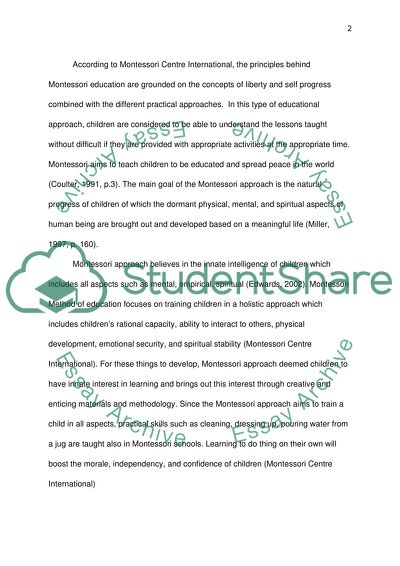Cite this document
(Alternative European Educational Approaches: Montessori and Steiner Essay, n.d.)
Alternative European Educational Approaches: Montessori and Steiner Essay. https://studentshare.org/education/1549893-how-does-the-steiner-approach-to-learning-differ-from-the-montessori-method
Alternative European Educational Approaches: Montessori and Steiner Essay. https://studentshare.org/education/1549893-how-does-the-steiner-approach-to-learning-differ-from-the-montessori-method
(Alternative European Educational Approaches: Montessori and Steiner Essay)
Alternative European Educational Approaches: Montessori and Steiner Essay. https://studentshare.org/education/1549893-how-does-the-steiner-approach-to-learning-differ-from-the-montessori-method.
Alternative European Educational Approaches: Montessori and Steiner Essay. https://studentshare.org/education/1549893-how-does-the-steiner-approach-to-learning-differ-from-the-montessori-method.
“Alternative European Educational Approaches: Montessori and Steiner Essay”. https://studentshare.org/education/1549893-how-does-the-steiner-approach-to-learning-differ-from-the-montessori-method.


